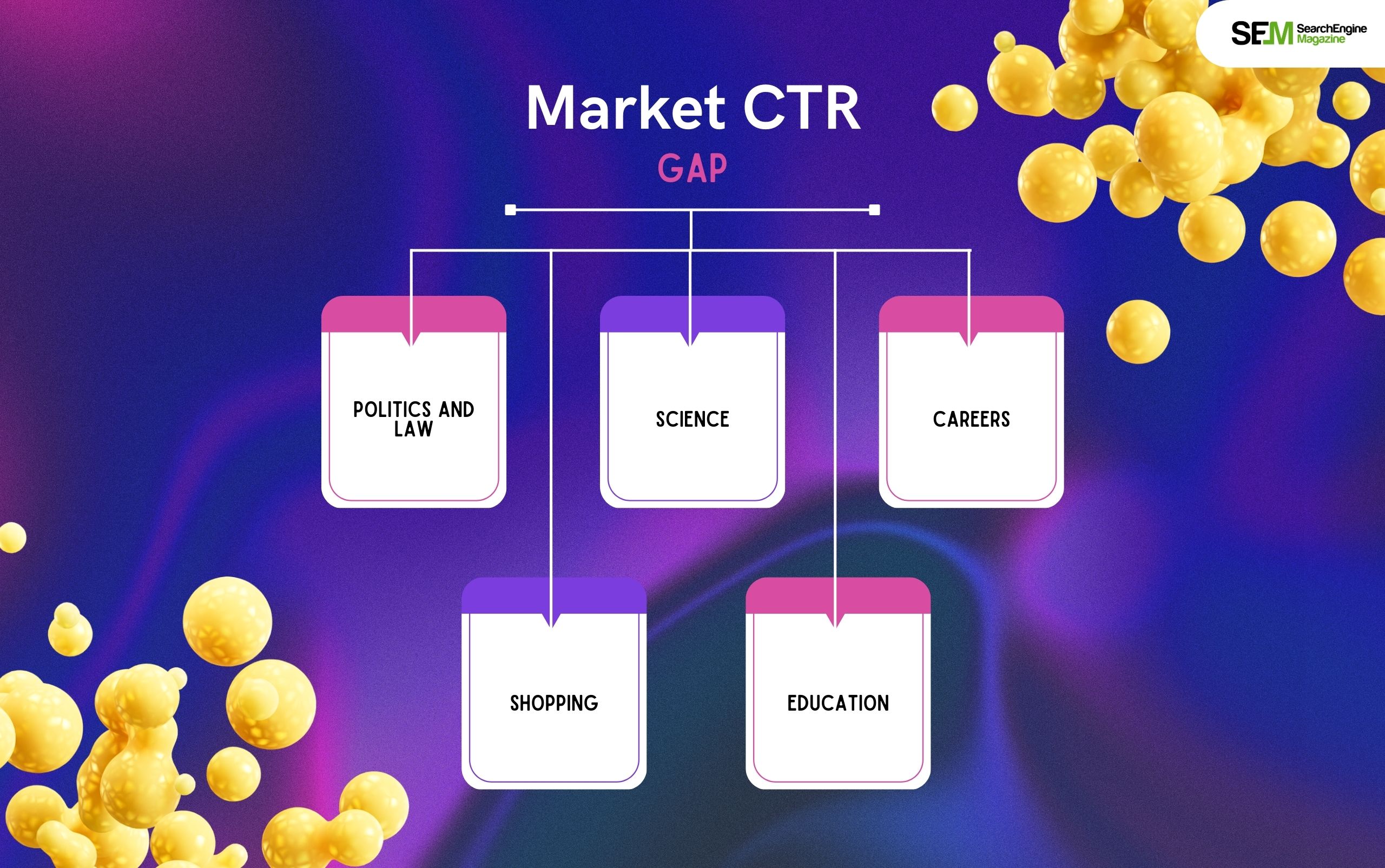Real Estate Link Building That Actually Works: Earn Local Authority, Rankings, and Better Leads Without Spam
Dec 10, 2025

Dec 10, 2025

Dec 10, 2025

Dec 09, 2025

Dec 09, 2025

Dec 05, 2025

Dec 05, 2025

Dec 04, 2025

Dec 04, 2025
Sorry, but nothing matched your search "". Please try again with some different keywords.


Google’s new study reveals that their expansion of AIOs is now correlating with a decrease in clickthrough rates for most informational search queries.
Google’s latest study on search and user behavior goes through changes in the clickthrough rates present across different industries. Moreover, the same data also correlated with an increase in AIOs in Google search results.
Advanced Web Ranking or AWR’s research highlights that AI Overviews had appeared for 42.51% of search queries in quarter 4 – an increase of 8.83% from the last quarter.
With this rise, clickthrough rates for any informational query have dropped significantly.
Moreover, websites in the first four spots for search terms like ‘how,’ ‘where,’ ‘when,’ and ‘what,’ witnessed a combined fall of 7.31% through clickthrough rates on desktop.
Dan Popa, a study author said, “This surge in AI Overviews may be impacting clickthrough rates for organic listings, as informational content is increasingly getting overrun by these AI-generated summaries.”
So, here’s more on the study and more importantly what these findings could mean for your websites.

The study revealed that success in SEO is increasingly becoming industry-dependent.
For instance, politics and law websites recorded a clickthrough rate of 38.45% in the first spot, while science websites had a clickthrough rate of 19.06% for the same ranking. In just one quarter, that gap almost tripled.
So, shifts in CTR were seen in the following niches:
Recorded the highest increase specifically in terms of position in Q4 with a 7.39% gain in clickthrough rates for the top desktop spots with a higher search requirement of 68.66%.
Recorded the largest decline in clickthrough rates in the last quarter with the top desktop spots falling by 6.03% while experiencing a decrease of 37.63% in search requirements.
Despite search demand tripling over +334.36%, the top three most significant desktop spots lost a total of 4.34% in clickthrough rates.
The holiday months introduced an increase of 142.88% in search demand with tap-ranking websites witnessing a decline in clickthrough rates from 1.96% to 1.39% on mobile and desktop respectively.
This is a mixed bag with the top spots gaining almost 6% in clickthrough rates while spots 2-3 declined – all during an increase in traffic.
Please Note: Only the fashion, style, and business sectors witnessed an increase in search demand and boosted clickthrough rates, making them bright and rare spots in a difficult market.

Also, the report looks at user behavior patterns between different devices.
While desktop clickthrough rates for informational search queries decreased, mobile devices highlighted opposing trends with top-ranking websites getting 1.81%.
Moreover, similar shifts specific to devices cropped up across various devices. For instance, entertainment and arts websites witnessed a drop in percentage by 1.01% in desktop clickthrough rates and an increase of 2.28% for the first spot.
Additionally, it was found that query length impacted click behavior across devices differently.
While long-tail search queries spanning four or more words witnessed a decline in CTR on desktops for 2nd and 3rd spots, single-word queries were able to gain almost a 2% rise in CTR for top spots on mobile devices.
These findings show that ranking on spot 1 does not guarantee traffic like before. In fact, it is your query type, niche, and SERP features, specifically AIOs that are currently impacting potential clicks.
Moreover, AWR also suggests that monitoring pixel depth apart from rankings can ensure accurate forecasting of traffic.
Additionally, it is vital to account for these increasing gaps in performance, especially for informational content in competition with Google AI Overviews.
Barsha is a seasoned digital marketing writer with a focus on SEO, content marketing, and conversion-driven copy. With 7 years of experience in crafting high-performing content for startups, agencies, and established brands, Barsha brings strategic insight and storytelling together to drive online growth. When not writing, Barsha spends time obsessing over conspiracy theories, the latest Google algorithm changes, and content trends.
View all Posts
Real Estate Link Building That Actually Works...
Dec 10, 2025
Why Health-Conscious Consumers Choose Blockch...
Dec 10, 2025
How To Buy Xupikobzo987Model? Decoding The Mo...
Dec 09, 2025
Workplace Management EWMagWork: Is This Smar...
Dec 09, 2025
Social Media Stuff EmbedTree: Is This Digita...
Dec 05, 2025

